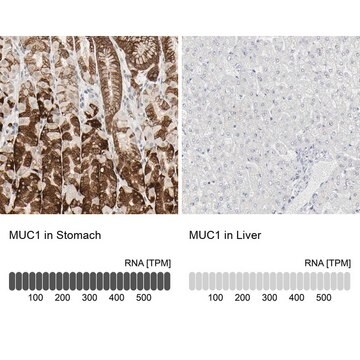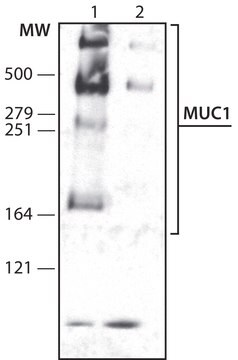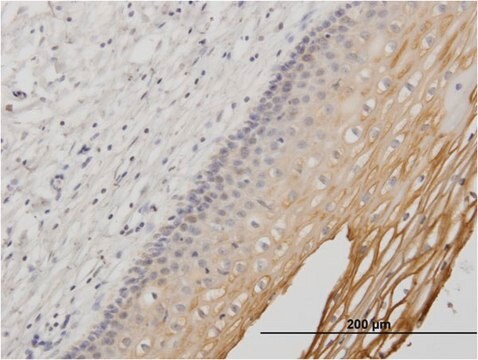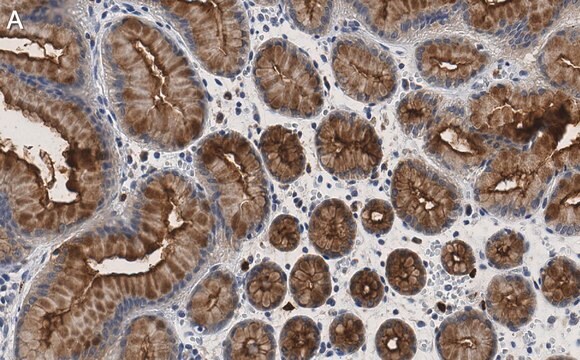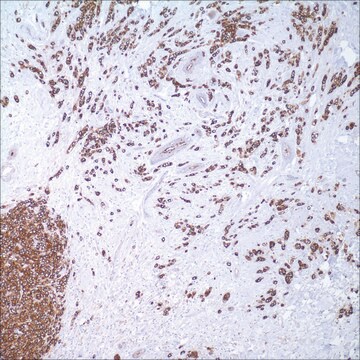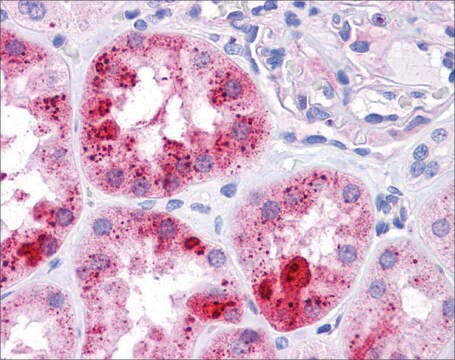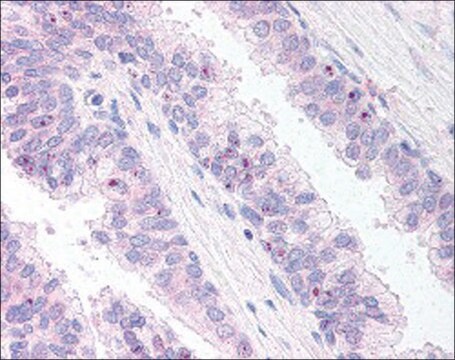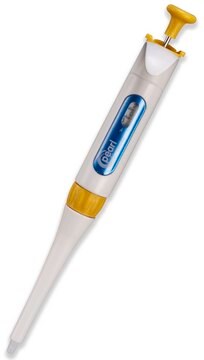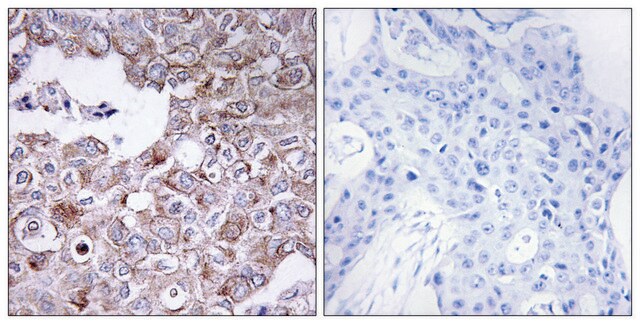MABC1613
Anti-MUC1 Antibody, clone HMFG2
clone HMFG2, from mouse
Synonym(s):
Mucin-1, Breast carcinoma-associated antigen DF3, Cancer antigen 15-3, CA 15-3, Carcinoma-associated mucin, Episialin, H23AG, Krebs von den Lungen-6, KL-6, PEMT, Peanut-reactive urinary mucin, PUM, Polymorphic epithelial mucin, PEM, Tumor-associated epit
About This Item
Recommended Products
biological source
mouse
Quality Level
antibody form
purified immunoglobulin
antibody product type
primary antibodies
clone
HMFG2, monoclonal
species reactivity
human
technique(s)
immunohistochemistry (formalin-fixed, paraffin-embedded sections): suitable
immunoprecipitation (IP): suitable
western blot: suitable
isotype
IgG1λ
NCBI accession no.
UniProt accession no.
shipped in
ambient
target post-translational modification
unmodified
Gene Information
human ... MUC1(4582)
General description
Specificity
Immunogen
Application
Western Blotting Analysis: A representative lot detected MUC1 in Western Blotting applications (Kaur, S., et. al. (2014). PLoS One. 9(3):e92742; Schroeder, J.A., et. al. (2001). J Biol Chem. 276(16):13057-64).
Affects Function: A representative lot detected MUC1 in Affects Function applications (Schettini, J., et. al. (2012). Cancer Immunol Immunother. 61(11):2055-65).
Immunoprecipitation Analysis: A representative lot detected MUC1 in Immunoprecipitation applications in (Schroeder, J.A., et. al. (2001). J Biol Chem. 276(16):13057-64).
Immunohistochemistry Analysis: A representative lot detected MUC1 in Immunohistochemistry applications in (Sakurai, J., et. al. (2007). Eur J Histochem. 51(2):95-102).
Apoptosis & Cancer
Quality
Immunohistochemistry Analysis: A 1:1,000 dilution of this antibody detected MUC1 in human breast cancer tissue.
Target description
Physical form
Storage and Stability
Other Notes
Disclaimer
Not finding the right product?
Try our Product Selector Tool.
recommended
Storage Class Code
12 - Non Combustible Liquids
WGK
WGK 1
Certificates of Analysis (COA)
Search for Certificates of Analysis (COA) by entering the products Lot/Batch Number. Lot and Batch Numbers can be found on a product’s label following the words ‘Lot’ or ‘Batch’.
Already Own This Product?
Find documentation for the products that you have recently purchased in the Document Library.
Our team of scientists has experience in all areas of research including Life Science, Material Science, Chemical Synthesis, Chromatography, Analytical and many others.
Contact Technical Service